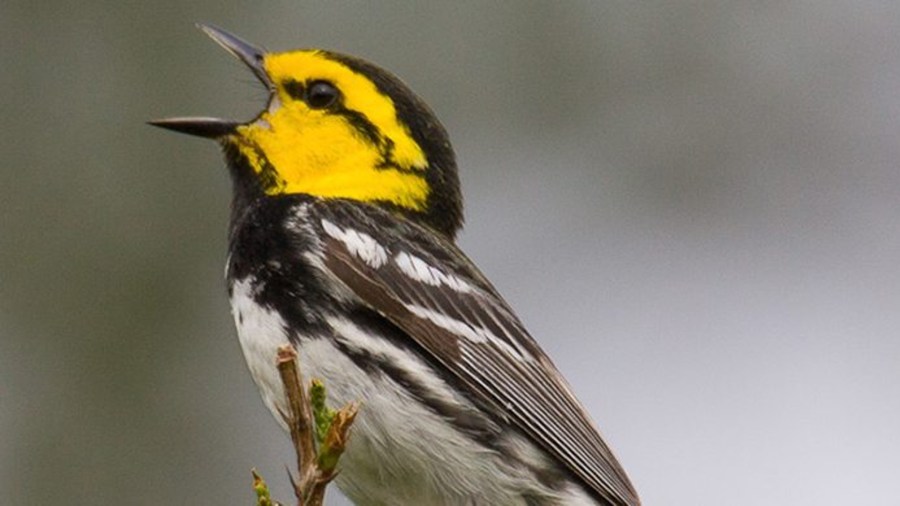AUSTIN (KXAN) — A federal court heard arguments Wednesday in a lawsuit brought by the Texas General Land Office (GLO) against the U.S. Department of the Interior over the conservation status assigned to the Golden-cheeked Warbler.
The GLO, represented in the case by the Texas Public Policy Foundation, said that the bird species’ endangered status was supposed to have been re-evaluated following a 90-day period that ended almost a decade ago.
“We’re not anywhere near the stage of determining whether the warbler should be delisted, but only whether there’s enough information to indicate that there’s a possibility that the warbler could be delisted,” said Ted Hadzi-Antich, TPPF senior attorney.
Should the lawsuit succeed, the GLO said it wants the federal agency to issue its delayed ruling in the 90-day consideration period and move on to the 12-month review period.
“All we’re asking the court to do is help us get into the door so that we can actually have a proceeding as to whether the warbler should be delisted,” Hadzi-Antich said. “It’s a very low threshold to get in through the door, but for nine years the service has refused to open that door to us.”
This case has been ongoing since 2015, when TPPF first petitioned the U.S. Fish and Wildlife Service for delisting. KXAN previously reported in 2017 that the GLO’s initial filing indicated the protections “lowered the market values of their properties.”
Sharmeen Morrison, senior associate attorney at Earthjustice, represents the defendants. She argues that delisting would increase the threats to the species, which Texas recognizes as endangered.
“[The Golden-cheeked warbler is] the only bird whose breeding range is exclusively within the state of Texas. You have a species that’s really effectively trapped where it is,” Morrison said. “[The GLO] derives revenues from the sale of public lands, and this listing is limiting its ability to derive revenues from the sale of public lands.”
The birds are bound to a specific tree, the Ashe juniper, in which they make their nests for breeding. The Ashe juniper predominantly grows in Central Texas.
“The situation for the species has gotten worse. In the last 34 years, the warbler lost 29% of its habitat over a recent 10-year period,” Morrison said. “We know that by the end of this decade, the human population within the Warblers breeding range will have increased by 89% since the time of listing in 1990.”
The specific connection between the warbler and the juniper means that conservation requires large patches of old-growth habitat, according to Morrison. For example, the warbler uses the juniper’s loose, fibrous bark to build nests, and the tree only produces bark after 20 years.
But a specific “critical habitat” for the birds hasn’t been established by the federal government, Hadzi-Antich said.
“One of the service’s main reasons for failing to let us into a 12-month review process is because they argue that habitat is being threatened,” Hadzi-Antich said. ” Well, if habitat is being threatened, it’s been threatened now for about 30 years without any kind of listing of a critical habitat.”
Morrison argues that the primary region where warblers breed is home to many of Texas’ other threatened species.
“There has to be a way for the Texas General Land Office to derive its much-needed revenues in a way that doesn’t infringe on habitat for this critically endangered species. We’re talking about the natural heritage of Texas,” she said.
